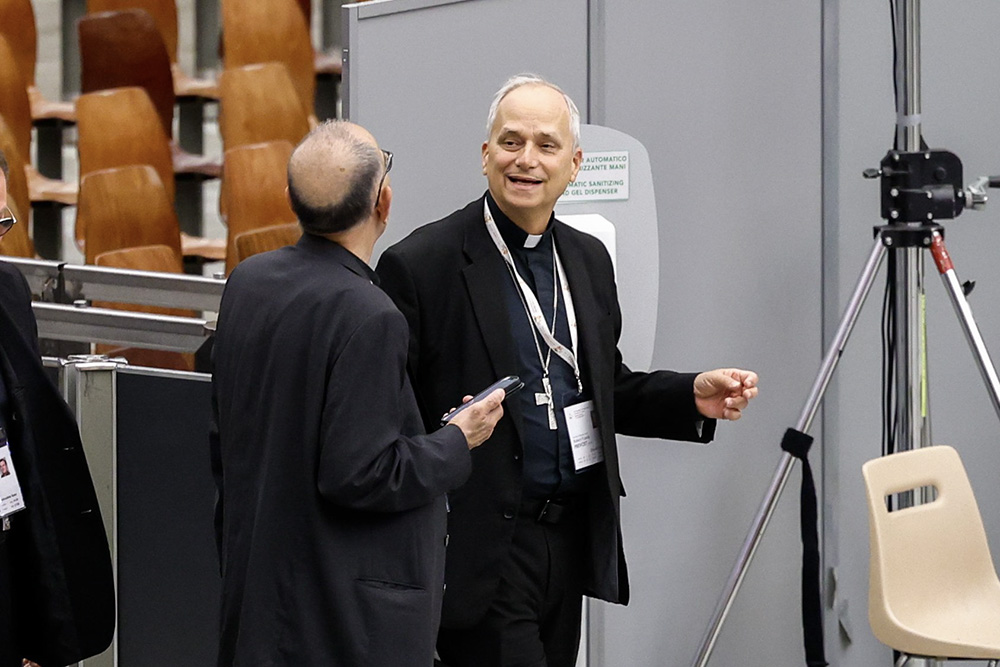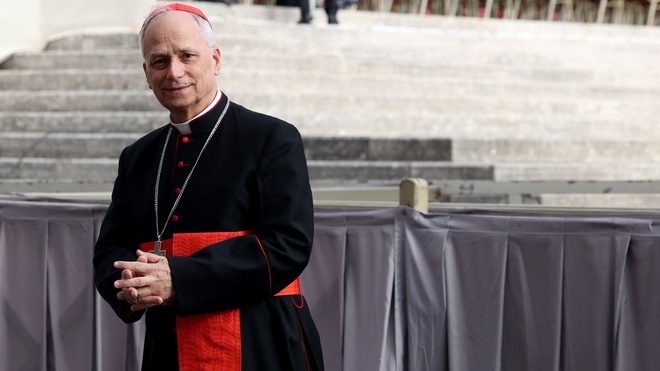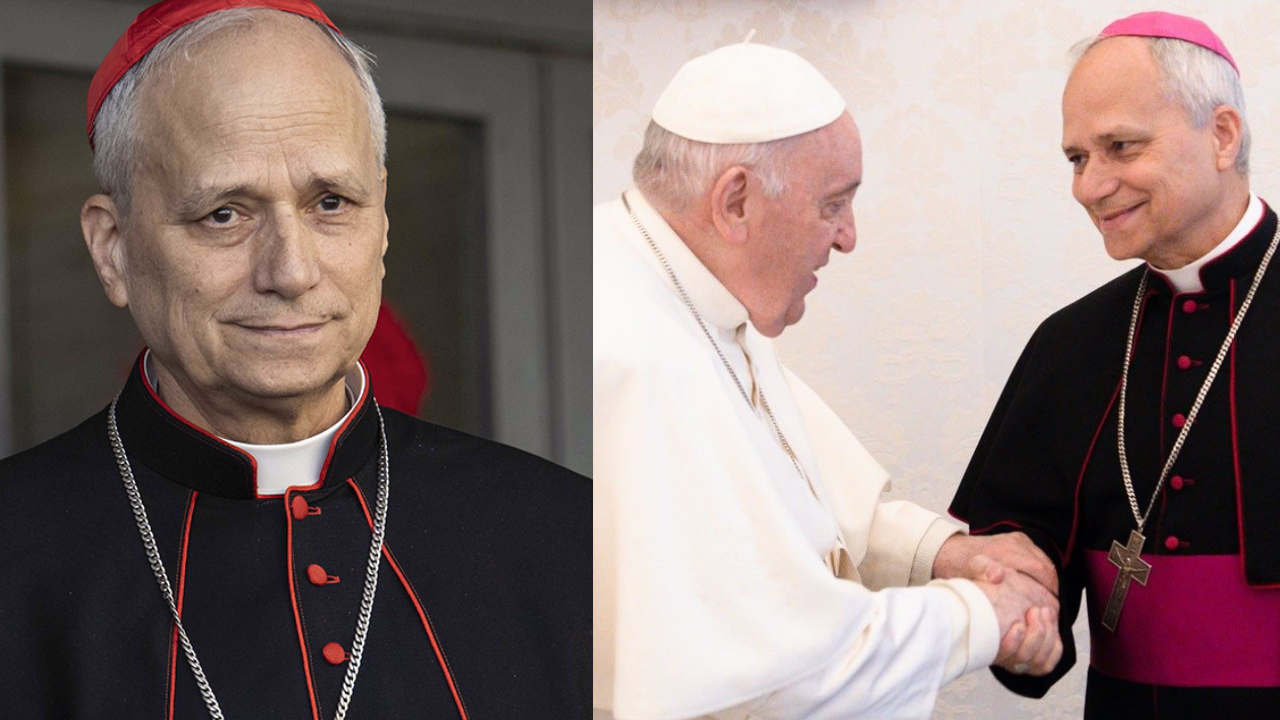Normally, it would be absurd to think of an American as pope. But in this conclave, a Chicago-born Augustinian monk who has spent most of his life outside the United States deserves serious consideration.

Cardinal Robert Prevost, 69, heads the Vatican’s influential Congregation for Bishops, the office that advises the pope on the appointment of bishops around the world.

Cardinal Robert Francis Prevost – now known as Pope Leo XIV — is the first pope from the United States. The 69-year-old from Chicago is known as a leader with global experience. He spent much of his career as a missionary in South America and most recently led a powerful Vatican office for bishop appointments. His election represents continuity with the papacy of the late Pope Francis, and he is expected to continue Francis’ reforms of the church as well as his focus on poverty and marginalized people.

1.Here’s what else you should know about the new American pontiff: He was the “least American” of the American cardinals: Prevost was born in Chicago. But inside the Vatican, where he eventually lived and worked, he was considered the “least American” of the US cardinals.
2.He was well regarded by Pope Francis: The late pontiff “respected him and thought of him very highly,” according to CNN’s Vatican correspondent Christopher Lamb. “Clearly Pope Francis saw in him something – he saw him as a capable leader.”
3. He’s a member of the Augustinian order: Leo is a member of the Augustinian religious order, which is spread across the world. He led the order for more than a decade as its prior general.
4.He has strong leadership experience: Francis appointed Prevost to be the prefect of the Dicastery for Bishops, which is in charge of assessing bishop candidates and making recommendations for new appointments. He also served as the president of the Pontifical Commission for Latin America.
5. He has a missionary focus: “I still consider myself a missionary. My vocation, like that of every Christian, is to be a missionary, to proclaim the Gospel wherever one is,” Prevost said in an interview with Vatican News shortly after he moved into his leadership role in Rome.

While cardinals have been gathering after the death of Pope Francis, Prevost’s star appears to be rising as Cardinal Pietro Parolin’s candidacy seems in trouble. Prevost could become the candidate for those seeking a curial insider who is not Parolin, after the Vatican secretary of state’s lackluster homily on Sunday raised concerns about a charisma gap. Some cardinals already had their eye on Prevost because of his global experience. Though he may be American by birth, he has spent only a third of his life in the United States, instead spending much of the rest of it in Europe and Latin America. He’s only been in charge for two years, taking over from Canadian Cardinal Marc Ouellet, who held the post for 15 years and helped leave a conservative imprint on the Catholic hierarchy. “We are often worried about teaching doctrine, but we risk forgetting that our first duty is to communicate the beauty and joy of knowing Jesus,” Prevost, in one of his few interviews, told Vatican News, the news portal of the Holy See. It was a clear signal that the tides were turning in a new pastoral direction and that an office that once was concerned with using doctrine as a litmus test was rebalancing its priorities in identifying candidates for episcopacy. Like Pope Francis, Prevost was interested in selecting potential bishops who adopted a “pastors first” approach to church leadership. Born in Chicago in 1955, Prevost holds degrees from Villanova University in Pennsylvania, Catholic Theological Union in Chicago and the Pontifical University of St. Thomas Aquinas in Rome. In 1985, Prevost joined the Augustinian mission in Peru in 1985, becoming part of the religious order inspired by St. Augustine that seeks to find a balance of “love and learning.” Augustinian friars lead semi-monastic lives and are engaged in a range of pursuits, such as education or prison work. At age 30, Prevost went to work in Peru, serving there until 1999, with a brief stint back in Chicago in 1987 to work as pastor for vocations and director of missions for its Augustinian province.

During his early years in Peru, Prevost wore a number of hats, including teaching in the diocesan seminary, serving as judge in a church court and leading a parish on the outskirts of the city of Trujillo. In 1999, Prevost was elected the head of the Augustinians’ Chicago-based province. And then in 2001, he tapped as prior general of the worldwide order, which he led until 2013. During that time, he was based in Rome but spent most of his time on the road and in the air, visiting the nearly 50 countries where the Augustinian order is present. In 2014, Francis sent him back into the mission field, naming him bishop of Chiclayo, in northern Peru, where he served until the pope called him to Rome again for full-time service in the Roman Curia in 2023. Here in Rome, Prevost enjoys a reputation for industriousness, spending as much time working to identify new bishops as he does in dealing with problem cases — such as that of Bishop Joseph Strickland, who was head of the Diocese of Tyler, Texas, until he was removed from his post in 2023. Prevost brings to the table pastoral experience in the peripheries with expertise in navigating the complexities of the church’s central governance — a rare combination for those seeking a potential pope who shares the priorities of Francis with a greater prioritization on governance.




